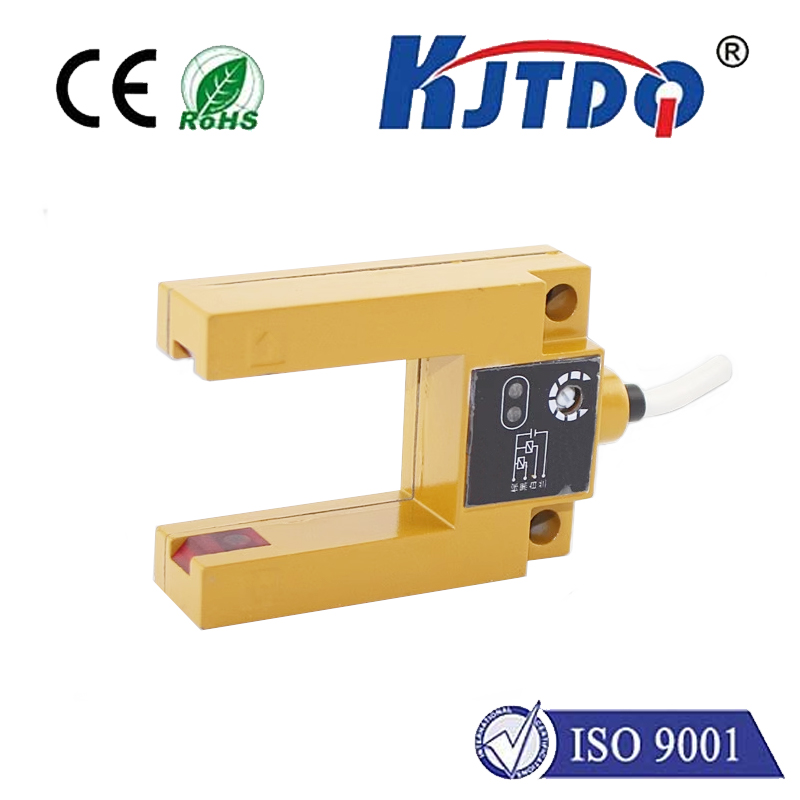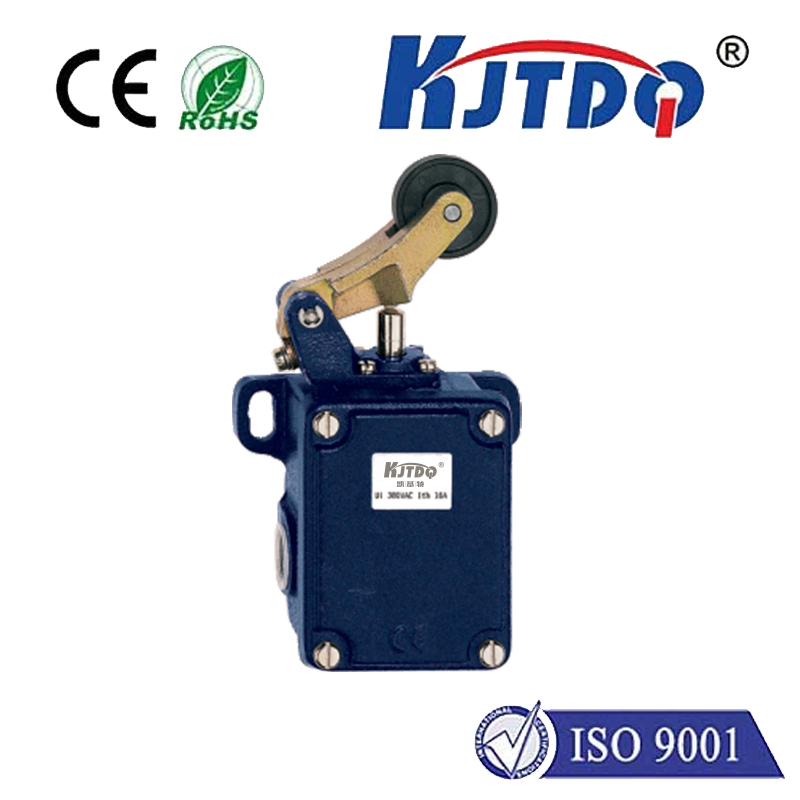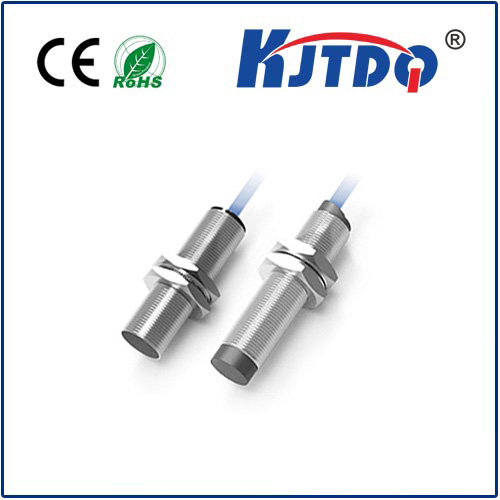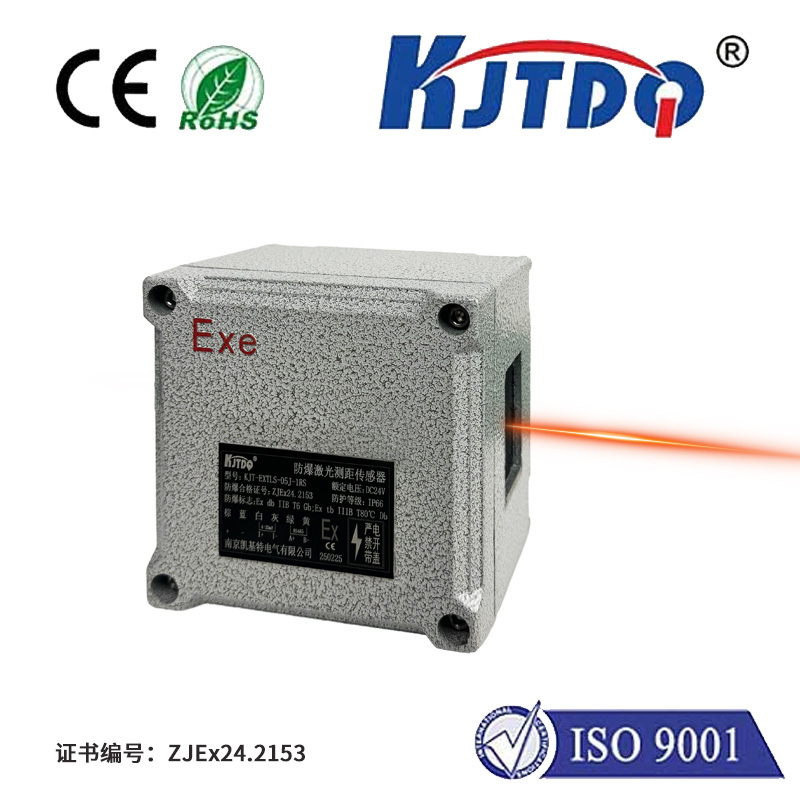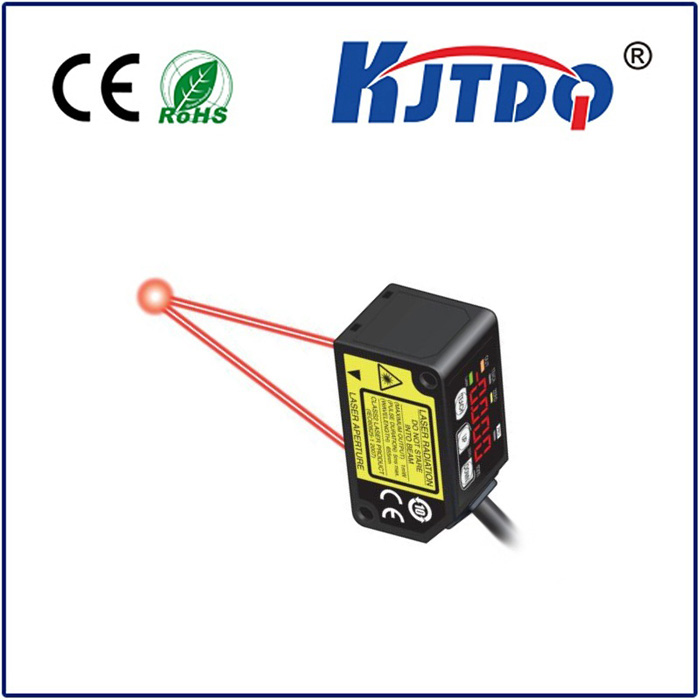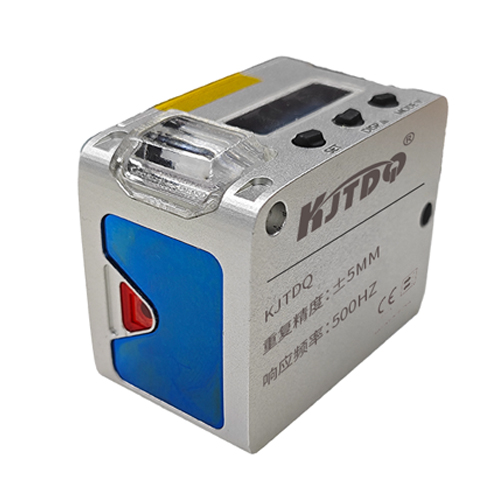mirror reflector photoelectric sensor
- time:2025-09-15 09:11:49
- Click:0
Mirror Reflector Photoelectric Sensors: The Long-Range Solution for Precise Detection
Ever faced the challenge of reliably detecting objects across significant distances or in demanding industrial environments where direct mounting isn’t feasible? The mirror reflector photoelectric sensor, often termed a retroreflective sensor, provides a powerful and versatile answer. By cleverly leveraging reflectors, these sensors extend detection ranges and enhance reliability where other methods falter. Understanding their working principle and strengths is key to unlocking their potential in automation, material handling, and safety systems.
Understanding the Core Concept: Light, Mirror, and Receiver
Unlike through-beam sensors requiring a separate emitter and receiver unit on opposite sides or diffuse sensors relying on light bouncing directly off the target, the mirror reflector photoelectric sensor combines the emitter and receiver into a single housing. The magic lies in the specialized reflector mounted opposite the sensor.
- Light Emission: The sensor’s internal emitter (typically an LED, often infrared for immunity to ambient light) sends out a focused beam of light towards the reflector.
- Perfect Reflection: The reflector isn’t just any mirror. It’s a corner-cube or triple-mirror retroreflector. This ingenious design consists of three mutually perpendicular mirrors. Any light ray entering the reflector bounces off these three surfaces and is reflected directly back towards its source, regardless of the angle it entered (within the reflector’s acceptance angle).
- Signal Reception: The sensor’s integrated receiver constantly monitors for the return of this strong, aligned beam of light. When the reflector’s path is unobstructed, the receiver detects the return signal, indicating a clear state.
- Detection Event: When an object interrupts the light beam between the sensor and the reflector, the reflected beam is blocked. The receiver no longer detects the light signal, triggering the sensor’s output switch (either turning on or off, depending on its configuration – Light-On or Dark-On).
The Compelling Advantages of Mirror Reflector Photoelectric Sensors

Why choose this setup over other photoelectric sensor types? Several distinct advantages make them indispensable:
- Significantly Extended Range: This is arguably their primary benefit. Because the retroreflector efficiently sends nearly all the emitted light back towards the sensor, mirror reflector sensors achieve much longer detection ranges than diffuse sensors (which rely on scattered light from the target) or even many standard reflective sensors. Ranges of 10 meters or more are common in industrial models.
- Simplified Installation & Wiring: Compared to through-beam sensors, mirror reflector photoelectric sensors require wiring only to one point – the combined sensor unit. The reflector itself is typically passive, needing no power or connection. This drastically reduces installation complexity and cost, especially over long spans.
- High Reliability for Clear Object Detection: Retroreflective sensors excel at detecting transparent objects like glass bottles, plastic films, or clear containers. This is because the strong, directed beam reflected by the mirror provides a robust signal compared to the minimal light reflection off a clear object. Interrupting this strong beam is easier to detect reliably than the weak diffuse reflection from the object itself.
- Improved Resistance to Target Color and Surface: While diffuse sensors can be sensitive to dark or matte surfaces that absorb light, mirror reflector sensors primarily rely on beam interruption. Therefore, they are less affected by the color or surface finish of the target object, offering more consistent detection across varied materials.
- Enhanced Resistance to Environmental Factors: Modern mirror reflector photoelectric sensors often incorporate features like potting compounds and robust housings (IP67/IP69K ratings common) making them suitable for harsh industrial environments with dust, moisture, vibration, and washdown requirements. The focused beam also offers better performance in environments with moderate ambient light interference compared to diffuse types.
- Alignment Tolerance (Caveat): While retroreflectors handle angular misalignment well, achieving the initial alignment can be critical. However, once set, minor vibrations or shifts typically won’t break the beam due to the reflector’s properties. Many sensors offer visual alignment indicators (like LEDs) to simplify setup.
Critical Considerations for Optimal Use
Leveraging mirror reflector photoelectric sensors effectively requires attention to a few key factors:
- Reflector Selection and Cleanliness: The reflector is mission-critical. Choosing a reflector with the correct size, reflection coefficient, and environmental rating for the application is vital. Crucially, the reflector surface must be kept clean. Dust, grime, or condensation on the reflector can significantly weaken the return beam, causing false triggers or unreliable operation.
- Precise Initial Alignment: Ensuring the sensor is correctly aligned with the reflector is essential for optimal signal strength and reliable detection. Take advantage of built-in alignment aids and perform alignment carefully during installation. Consider mounting solutions that allow fine adjustments.
- Background Suppression Needs: While less affected by dark backgrounds than diffuse sensors, mirror reflector photoelectric sensors can sometimes be fooled by highly reflective surfaces behind the intended target path, potentially reflecting enough light to mimic an unobstructed state. In such challenging scenarios, models equipped with background suppression (BGS) technology, which focuses detection within a specific “window” in front of the sensor, become necessary.
- Understanding Light-On vs. Dark-On Logic: Crucially, determine whether your application requires the sensor output to switch on when the beam is interrupted (Dark-On, common for detection) or when the beam is received (Light-On, common for safety beams). Configuring this logic correctly is fundamental to system operation.
Where Mirror Reflector Sensors Shine: Key Applications
The unique combination of long range, reliability, and object versatility makes these sensors ideal for numerous tasks:
- Conveyor Belt Object Detection: Detecting presence/absence of boxes, cartons, bottles (clear or colored), parts, or pallets traveling on conveyors, especially over wide belts or gaps.
- Material Handling and Packaging: Confirming the passage of products into packaging machines, detecting transparent shrink wrap or film, controlling stack height, and verifying case sealing.
- Palletizing & Depalletizing: Ensuring precise placement and presence verification of pallets, layers, and individual items during robotic or automated palletizing operations.
- Door/Gate Monitoring & Security: Used as safety light curtains or access control beams to detect personnel or objects entering restricted zones around large doors, gates, or machinery.
- Web/Break Detection: Monitoring continuous materials like paper, foil, or film in roll-to-roll processing; a break interrupting the beam triggers an alarm.
- Bin Level Detection: Detecting the presence or absence of material filling a large bin or silo from a distance.
Implementing Best Practices
To maximize performance and longevity:
- Protect the Optics: Use sensor covers or air blasts if necessary to keep the sensor lens and, critically, the reflector surface clean.
- Secure Mounting: Ensure both the sensor and reflector are mounted securely to minimize vibration-induced misalignment.
- Optimize Sensor Settings: Utilize sensitivity adjustments (if available) to fine-tune detection for specific targets and environmental conditions.
- Regular Maintenance: Include visual inspection and cleaning of both sensor lens and reflector in routine maintenance schedules.
The mirror reflector photoelectric sensor is a cornerstone technology in industrial automation. Its ability to provide robust, long-range detection with simplified installation makes it an incredibly valuable solution for countless applications demanding precision and reliability where objects need to be sensed across distances or through challenging conditions. Understanding its principles and best practices ensures you harness its full potential to enhance efficiency and safety on your production line.






